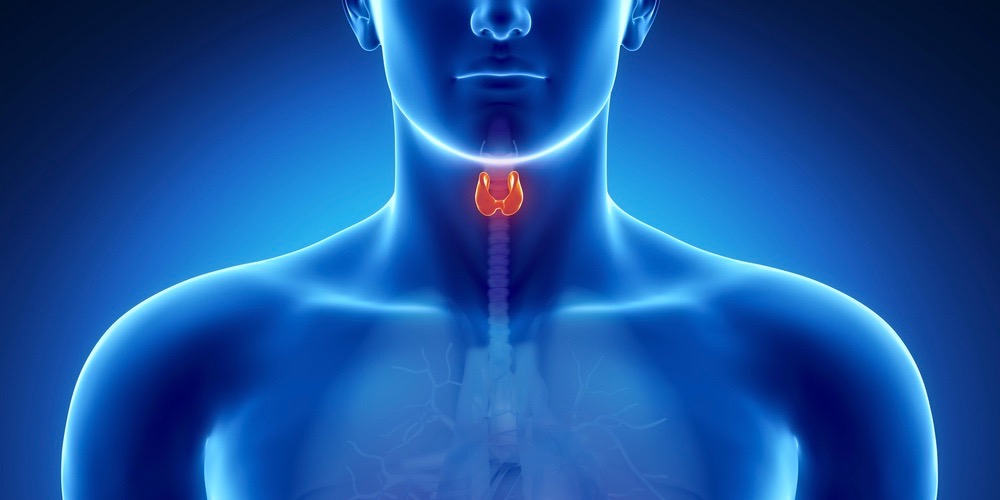
Gerenciando subclínica Hypothyroid Usando taxa metabólica de repouso e braquiorradial reflexometria
Objetivo
This study looks at the risks associated with subclinical hypothyroidism and a new management paradigm that optimizes thyroid function based on Resting Metabolic Rate (RMR) and Brachioradialis Reflexometry (BR).
desenhar
In 563 patient interactions, volunteers were evaluated by measuring: Thyroid symptoms, age, gender, height, weight, body mass index, calculated RMR, measured RMR, measured brachioradialis reflex intervals, and serum measurements of: TSH, T3U, T4, T7, cholesterol, LDL, HDL, and triglycerides. Some patients also had free T3, free T4, Microsomal (TPO) autoantibody, thyroglobulin autoantibody, ACTH and prolactin measurements. Patients that were on thyroid medication received a dosage increase of the same medication. People on no medications were given a choice of thyroid treatments. All patients were evaluated at 30 day intervals and dosages were increased until the BR parameter of: Fire Interval – Pre-fire Interval < 66 was achieved.
Resultados
RMR calculated by the Kail Waters equation was more accurate than RMR calculated using the HarrisBenedict equation when compared to measured RMR p=0.0015 at 95% confidence level. Fire-Prefire reflex interval correlated to RMR p=0.15 at 95% confidence interval. Volunteers became functionally normal and thyroid symptoms resolved when their medication doses were titrated using RMR and BR as the primary endpoints. Only 14 of over 800 patient interactions (1.7%) noted symptoms of nervousness, tachycardia, palpitations or insomnia although TSH levels became <0.01mU/L Key Words: Subclinical Hypothyroid, Brachioradialis Reflex, Management, Thyroid Medication Dosage.
